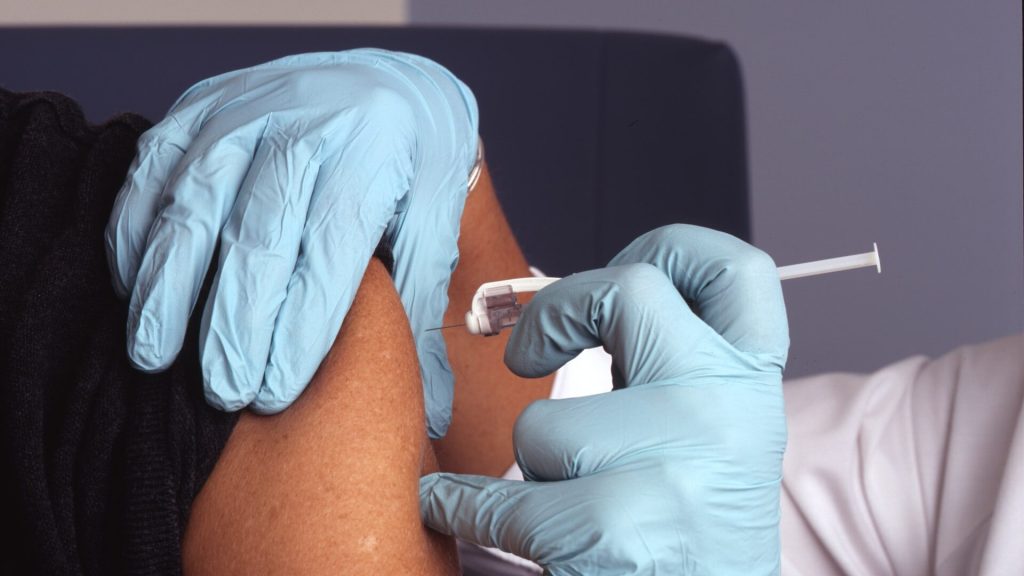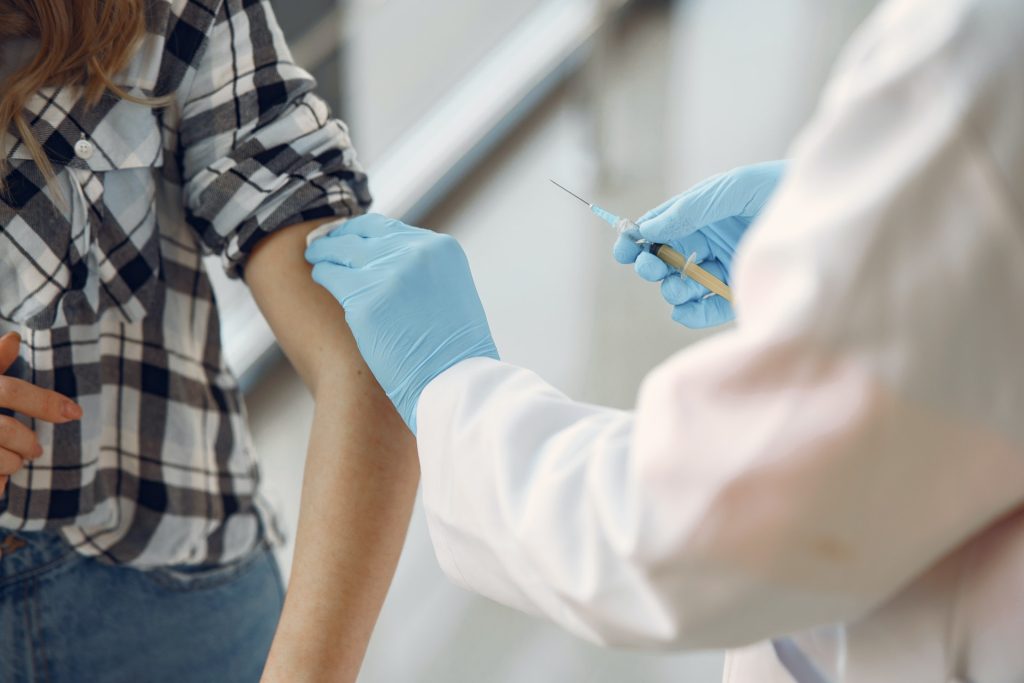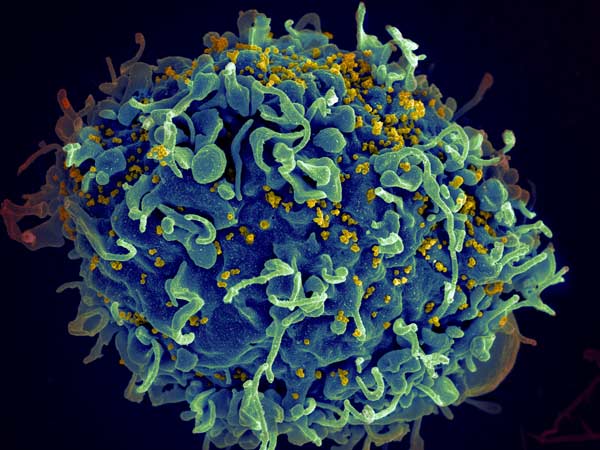UN Urges Group B Streptococcus Vaccine to Protect Babies

There is an urgent need for vaccines against Group B streptococcus, a major cause of preterm births, disability and infant mortality worldwide, according to a UN-backed report published on Wednesday.
Group B streptococcus (GBS) is a gram-positive bacteria that colonises the gastrointestinal and genitourinary tract. It can be transmitted in utero, is linked to around 150 000 infant deaths each year, more than half a million preterm births and significant long-term disability.
The report by the World Health Organization (WHO) and the London School of Hygiene & Tropical Medicine (LSHTM) updates 2017 estimates, and reveals that the global burden of GBS is far higher than was previously recognised.
“This new research shows that Group B strep is a major and underappreciated threat to newborn survival and wellbeing, bringing devastating impacts for so many families globally,” said Dr Phillipp Lambach, Medical Officer from WHO’s Immunization, Vaccines and Biologicals department.
The report is the first to quantify the major contribution of GBS to preterm births, and to neurological impairments such as cerebral palsy, hearing and vision loss, that can occur following infection.
Around 15% of all pregnant women worldwide, nearly 20 million annually, carry the GBS bacterium in their vagina, which can then spread to a foetus, or to newborns during labour. At present, GBS disease prevention in newborns is by administering antibiotic prophylaxis to women during labour, if the bacterium is detected during pregnancy.
However, significant health risks remain, as this intervention is unlikely to prevent most GBS-associated stillbirths, preterm births, or GBS disease that occurs later after birth.
“It is difficult to describe the breadth or depth of the grief when your child dies, or the accompanying guilt, and how it changes you, your family, and your relationships forever,” said Debbie Forwood, whose daughter Ada was stillborn after she developed a GBS infection.
Vaccine development urged
GBS burden is highest in low and middle-income countries, where screening and treatment are most challenging to implement, with regions such as sub-Saharan Africa having the highest rates of maternal GBS.
Now is the time for action, said Joy Lawn, an LSHTM Professor who contributed to the report. While several candidate GBS vaccines are in development, none are yet available despite decades in the pipeline. The report calls for stepping up development of an effective GBS vaccine that could be administered to expectant mothers during routine pregnancy checkups.
The partners estimate more than 50 000 GBS-related deaths, and over 170 000 pre-term births, could be avoided if over 70 per cent of pregnant women were vaccinated.
Such protection could also be highly cost-effective, they added. Net benefits from a year of maternal vaccinations could reach as high as $17 billion, accruing over several years, provided doses are affordably priced. For Ms. Forwood, this would be a bittersweet development.
“Only a GBS vaccine could have saved Ada. When a vaccine can be widely rolled out, I will weep and scream with the unfairness that it came too late for her, and for all the other babies who are needlessly suffering and dying every year that it is delayed,” she said.
“But I will also weep with joy that in the future, many more will live, and their families will be saved from the living hell that is the death of a child.”
Source: UN News









